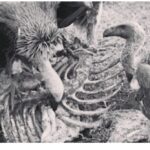
Sky burial (“bird-scattered”) is a funeral practice in which a human corpse is placed on a mountaintop to decompose while exposed to the elements or to be eaten by scavenging animals, especially carrion birds like vultures and corvids. Comparable excarnation practices are part of Zoroastrian burial rites where deceased are exposed to the elements and scavenger birds on stone structures called Dakhma. Sky burials are endemic to Tibet, Qinghai, Sichuan, and Inner Mongolia, as well as in Mongolia, Nepal, Bhutan, and parts of India such as Sikkim and Zanskar.
The locations of preparation and sky burial are understood in the Vajrayana Buddhist traditions as charnel grounds. Few such places remain operational today, as the Chinese Communist Party initially banned the practice completely during the Cultural Revolution as feudal superstition, and continues to restrict the practice due to its allegations of decimation of vulture populations.
The majority of Tibetan people and many Mongols adhere to Vajrayana Buddhism, which teaches the transmigration of spirits. There is no need to preserve the body, as it is now an empty vessel. Birds may eat it or nature may cause it to decompose. The function of the sky burial is simply to dispose of the remains in as generous a way as possible (the origin of the practice’s Tibetan name). In much of Tibet and Qinghai, the ground is too hard and rocky to dig a grave, and due to the scarcity of fuel and timber, sky burials were typically more practical than the traditional Buddhist practice of cremation, which has been limited to high lamas and some other dignitaries.
Other nations which performed air burial were the Caucasus nations of Georgians, Abkhazians, and Adyghe people, in which they put the corpse in a hollow tree trunk.
For Tibetan Buddhists, sky burial and cremation are templates of instructional teaching on the impermanence of life. Jhator is considered an act of generosity on the part of the deceased, since the deceased and their surviving relatives are providing food to sustain living beings. Such generosity and compassion for all beings are important virtues in Buddhism.
Although some observers have suggested that jhator is also meant to unite the deceased person with the sky or sacred realm, this does not seem consistent with most of the knowledgeable commentary and eyewitness reports, which indicate that Tibetans believe that at this point life has completely left the body and the body contains nothing more than simple flesh.
Only people who directly know the deceased usually observe it, when the excarnation happens at night.
History and development
Tibetan sky burials may have evolved from Chöd practices introduced by Dampa Sangye (d. 1117), but other evidence suggests an adoption of non-Buddhist, Zoroastrian practices of defleshing the dead as an animal offering. These practices most likely came out of practical considerations, but they could also be related to more ceremonial practices similar to the suspected sky burial evidence found at Göbekli Tepe (11,500 years before present) and Stonehenge (4,500 years BP). Most of Tibet is above the tree line, and the scarcity of timber makes cremation economically unfeasible. Additionally, subsurface interment is difficult since the active layer is not more than a few centimeters deep, with solid rock or permafrost underlying the surface.
The customs are first recorded in an indigenous 12th-century Buddhist treatise, which is colloquially known as the Book of the Dead (BardoThodol) Tibetan tantricism appears to have influenced the procedure.[17][18] The body is cut up according to instructions given by a lama or adept.[19]
Mongolians traditionally buried their dead (sometimes with human or animal sacrifice for the wealthier chieftains), but the Tümed adopted sky burial following their conversion to Tibetan Buddhism under Altan Khan during the Ming dynasty. Other banners subsequently converted under the Manchu Qing dynasty.[20]
Sky burial was initially treated as a primitive superstition and sanitation concern by the Communist governments of both the PRC and Mongolia; both states closed many temples,[20] and the practice was banned during the Cultural Revolution,[4] as sky burials were considered among the Four Olds, the umbrella term used by Communists to describe “backwards” customs, cultures and ideas. As a result of these policies, many corpses would simply be buried or thrown in rivers. Many families believed the souls of these people would never escape purgatory and became ghosts. Sky burial nonetheless continued to be practiced in rural areas and has even received official protection in recent years. However, the practice continues to diminish for a number of reasons, including restrictions on its practice near urban areas and diminishing numbers of vultures in rural districts. Finally, Tibetan practice holds that the yak carrying the body to the charnel grounds should be set free, making the rite much more expensive than a service at a crematorium.


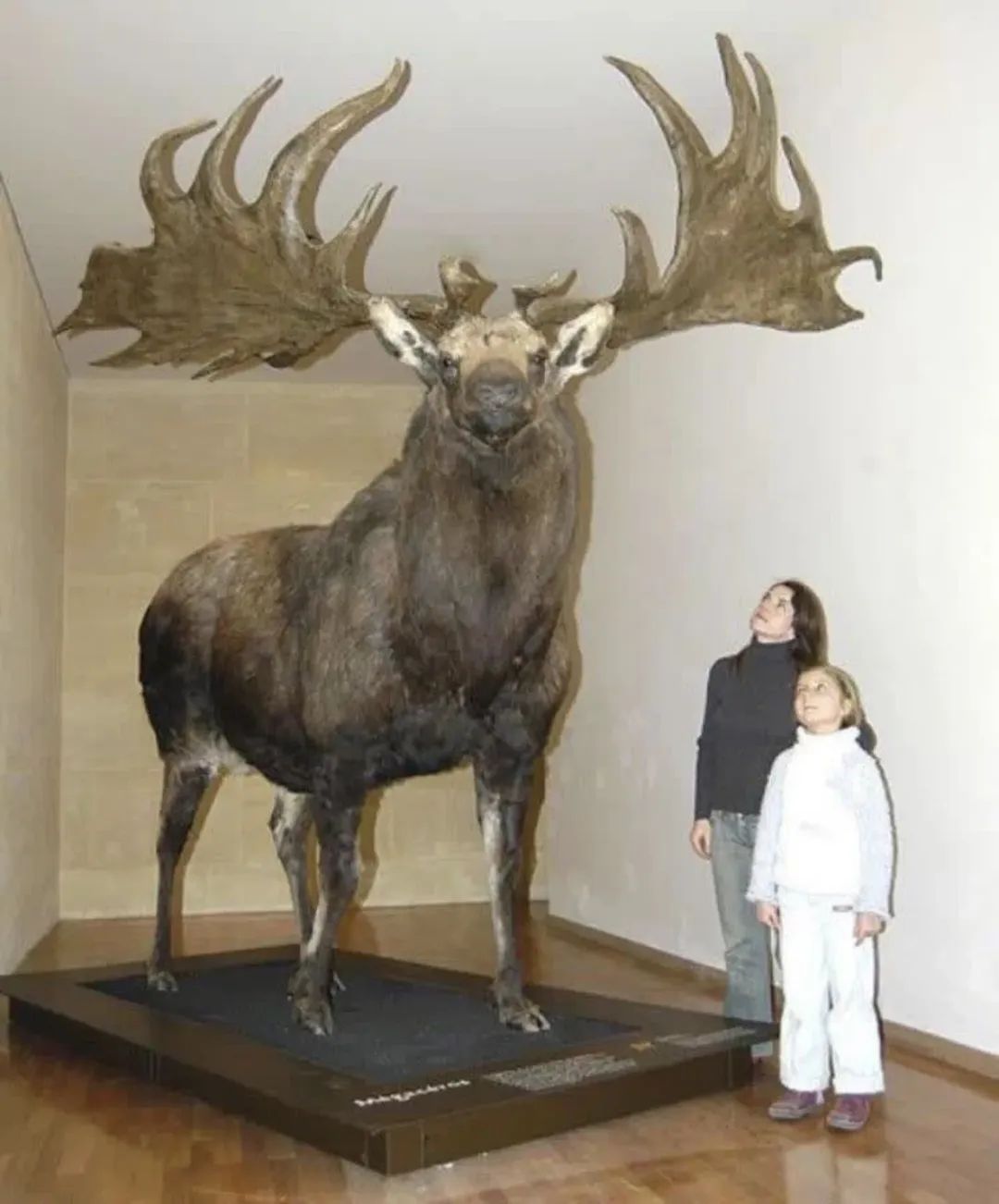
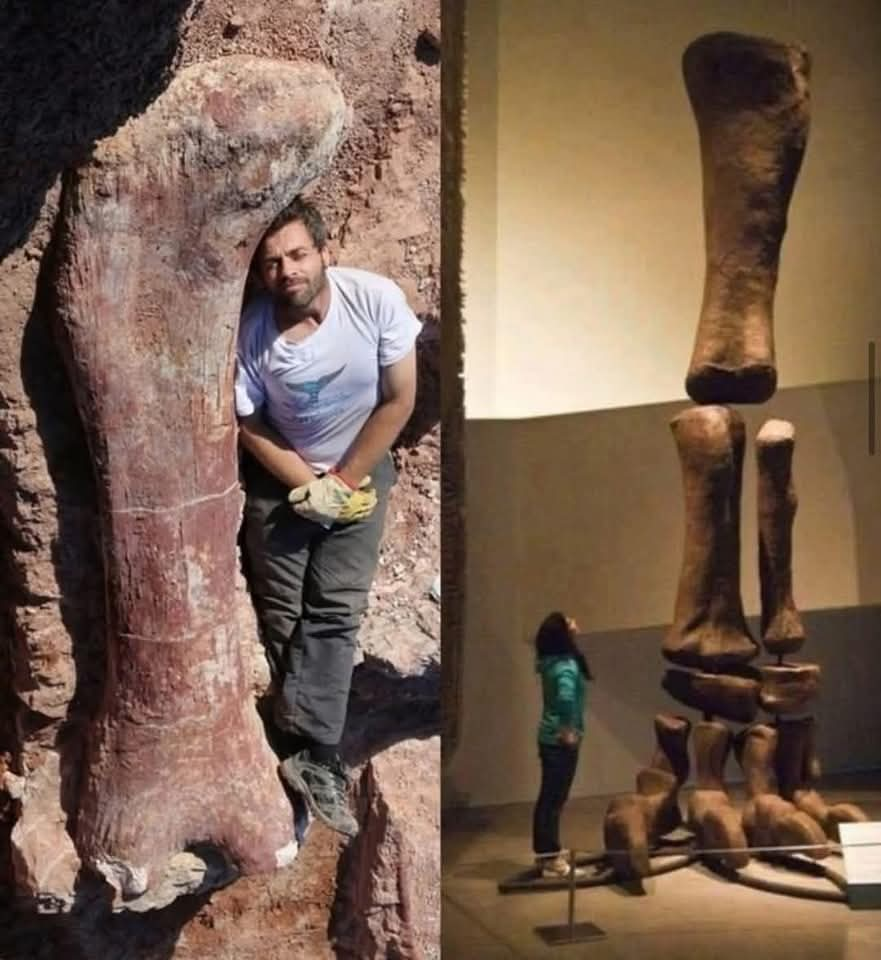
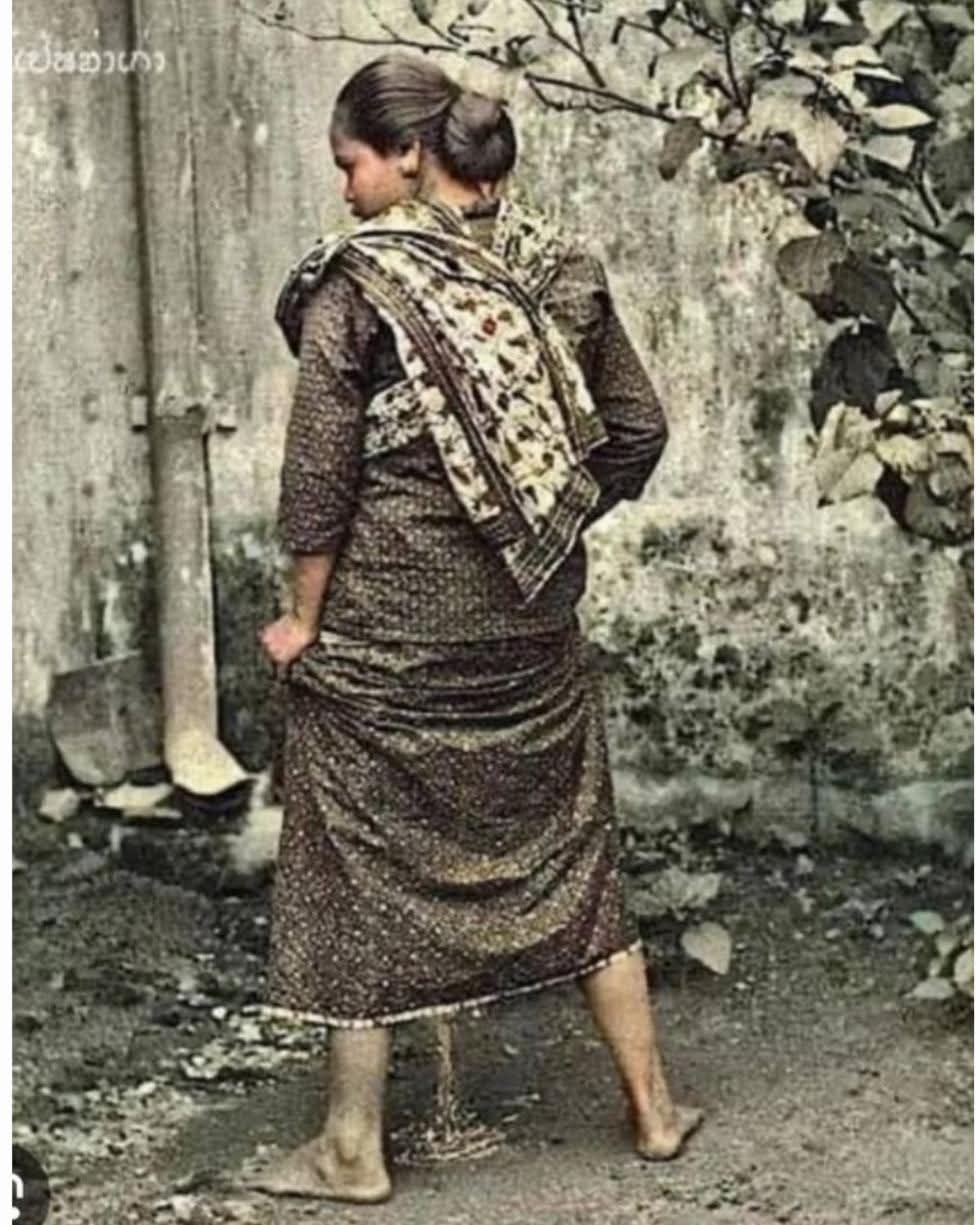



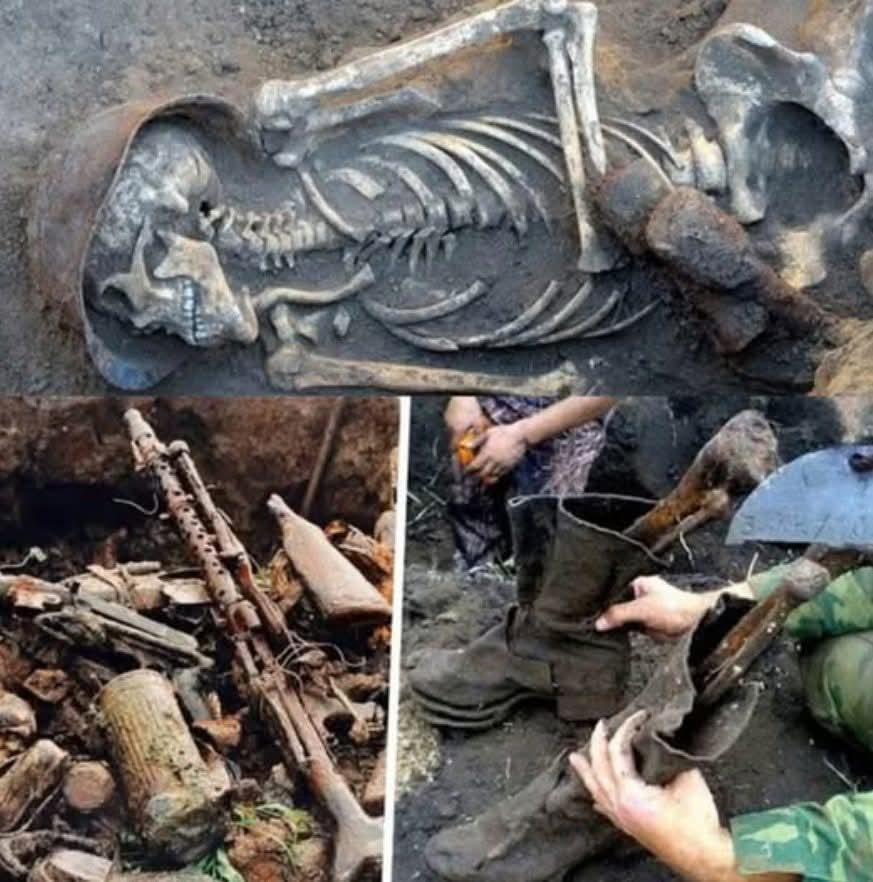

Leave a Reply